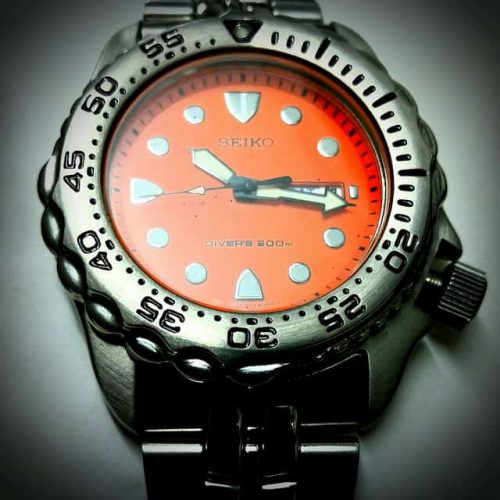Water Resistance for watches is not always easy to understand.
Why? Because the rating we see on a water resistant watch does not correspond to what you think you could do with it.
For example, 30m (164ft) water resistance does not mean you can dive down to that depth with the watch. It means that it has been tested at an equivalent water pressure once. That is all.
There is a huge difference between having a water resistant watch with a number on it, that was tested once, and actually being in the water for a long period. Especially at depth, there is only so much a watch can withstand.
Water Resistance Ratings
The common water resistance ratings and their meaning in terms of use
[table id=1 /]
ISO 6425 - Diver's Watch Cerfication
Diver’s always wanted to know if a watch could reliably be used down to specific depths, so the ISO group came up with the ISO 6425 certification to ensure that watches met certain standards.
Here are some of the tests and standards that Diving Watches are subjected to during water resistance testing:
- Minimum rating of 100m water resistance
- Tested to 125% of the rated water pressure for 2 hours. No water may enter the watch
- Condensation test – ensuring that not even condensation is present after water immersion
- Thermal shock resistance – temperature variations (40 degrees Celsius, then 5) do not allow water in
- Magnetic and shock resistance
- Salt water test – 24 hours in salt water followed by a functionality test
- Band strength: test of 200N to springbars
- Uni-directional bezel – used by divers to know how long they have left underwater
- Visible in darkness – 25cm distance: hour and minute hand readable, second hand distinguishable
Yes, this is a huge range of tests but it ensures that a diver’s watch will keep a someone safe while scuba diving at the depths they require.
The markings on water resistant watches that are certified are noted as either Diver’s Watch or Diver’s. The depth rating is then 100m or higher depending on the level of testing conducted.

IP Codes - Dust & Water Protection
IP certification is a little different to water resistance because the focus began with electronics. There is a bigger need for both general general intrusion & dust protection as well as water in that industry.
With newer digital watches and even phones you may have heard of such rates as IP67 and similar. They are a way of defining what the device can withstand in terms of water and dust.
The first digit after the IP code tells us how protected the device is from intrusion (human, tools or dust) with a higher number being better. The number 6 is the highest and protects from everything including dust.
You can see all the codes here.
The second digit refers to the water resistance starting with a simple splash and moving slowly up to full immersion of 1m (3.28ft) or more.
The more common rating is a 7 (up to 1m water immersion) or 8 (1m or more).
So, when you see an IP rating for a device or watch and are wondering what it means, now you know!
